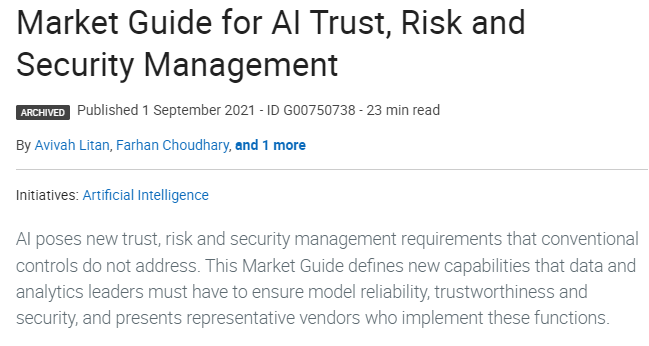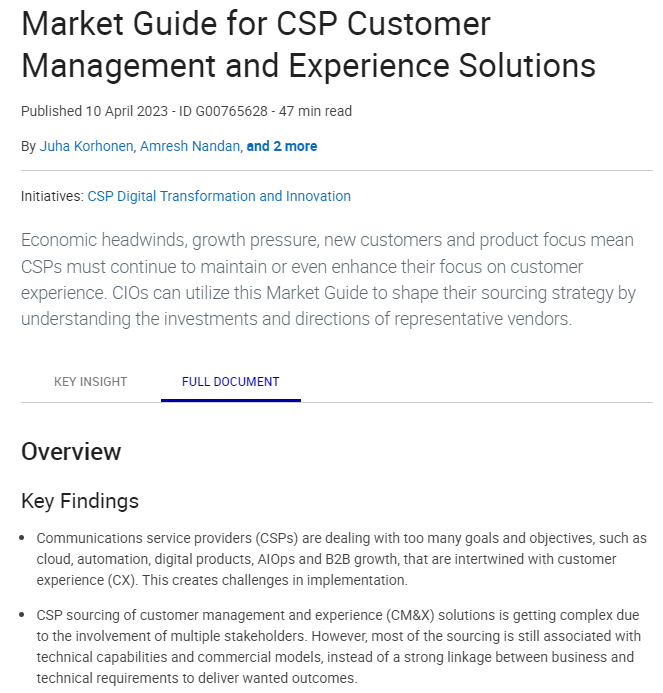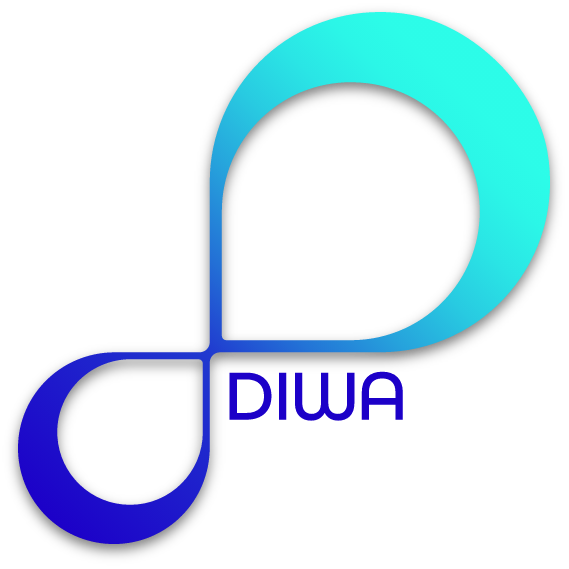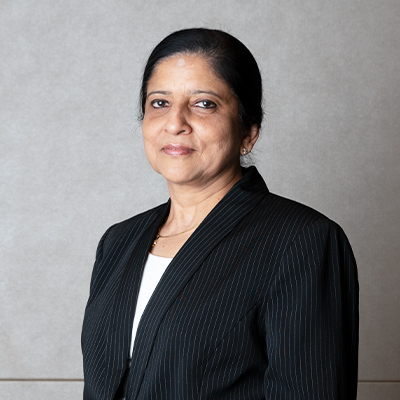Driving new business models with new relationship approaches: Open banking in the fast lane
Driving new business models with new relationship approaches: Open banking in the fast lane
Massive changes are afoot in the banking industry. Thanks to technological innovation and the rise of fintech companies, the rigid old systems are giving way to the dynamism of open banking.
Users can create new bank accounts without visiting a branch office. Shoppers can access single-click loans to finance their online purchases. Digital payments by individuals to other individuals and merchants have never been simpler.
Open banking is driving these seamless experiences. Supported by new business models and a fresh approach to partnerships, open banking represents an exciting new future for banking.
Open banking explained
Open banking is grounded in the practice of sharing customer information. Banks and non-banking financial companies (NBFCs) provide third-party financial service providers with open access to their customer data. This may include information about the customer’s banking behaviour and transaction history, for example.
But third-party businesses cannot access this data indiscriminately. They can use the information only to provide relevant offerings to the customer. Suppose you use a payments app to view the balance in your bank account. The payments app will communicate this request to your bank but will not view your account history while doing so.
To prevent misuse, data access is provided securely through an application programming interface (API). An API ensures more data security than, say, providing your bank password at the point of sale.
Business models for a new banking era
Third-party financial providers are a key element of the open banking ecosystem. The new business models reflect this aspect while placing the spotlight squarely on the customer.
1. Banking as a marketplace
Whereas the traditional bank was the sole manufacturer of its products and services, open banking enables banks and NBFCs to include offerings from third-party partners.
Banks and NBFCs already provide adjacent products and services—loans, credit cards, insurance, demat accounts, and so on. The bank-as-a-marketplace offers a whole lot more. Accounting services, cash management software, and invoicing solutions are just a small sampling of the offerings that banks can make available to digital customers.

The marketplace model is well-suited to established banks that have a large user base. But even young banking upstarts could adopt the model to stand out in a competitive marketplace. Monzo is a case in point.
Completely app-based, Monzo claims to live ‘on your smartphone’. Customers can use the Monzo app to pay their taxes or even access funds from another account. Formed in 2015, this United Kingdom-based online bank has amassed over five million users. How? By creating digital solutions that simplify money transactions for customers.
2. Banking as a utility
Large, well-established banks can use open banking technology to provide utility services to smaller financial institutions. Big banks already have economies of scale. Therefore, they are well-equipped to serve as infrastructure service providers.
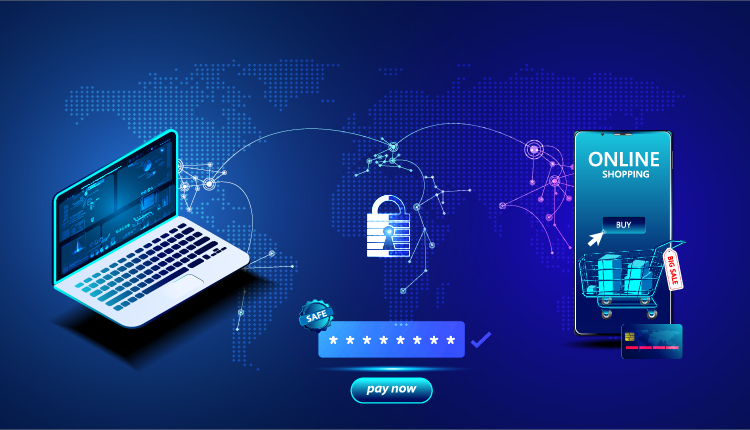
What would this look like? The bank-as-a-utility could take over backend processes for a lending institution, for example. Here, the bank would take care of loan acceptance, management, and collection on the lender’s behalf. The lender would then be free to concentrate on front-end issues, such as customer acquisition and simplification of the loan process.
The United Payments Interface (UPI) in India may be considered an example of the bank-as-a-utility. Member banks of the UPI system ease the digital payment experience for merchants and consumers. Users can access more than one bank account through the UPI app while making and receiving payments. There is no need to switch between different banking sites and apps during the payment process.
Banking as a service (BaaS): Not an open banking model
BaaS is often confused with open banking models, and they do have a couple of similarities:
- Both involve relationships between banks and third parties.
- Both run on APIs.
But there is a key distinction: Open banking refers only to the use of banking customer data by third-party businesses. However, BaaS takes things a step further by allowing third parties to offer banking products and services on their platforms. This explains why BaaS is not an open banking model.
Open banking benefits
Open banking brings benefits to banks, NBFCs, third-party businesses, and end-users.
- Banking institutions can develop new revenue streams by focusing on their core expertise.
- Third-party partners can expand their reach, improve distribution, and boost revenues.
- Users enjoy an improved customer experience as electronic transactions become seamless.
Open banking and digital payments worldwide
Digital payment systems were already in use when the pandemic hit. But the COVID-19 lockdowns were instrumental in enabling the widespread adoption of digital payments. In the United States alone, the number of peer-to-peer mobile payment users is expected to grow by 9% to reach 147.6 billion in 2022 (Source: Insider Intelligence).
The Middle East and North Africa (MENA) region is also seeing an uptick in digital payments. Heavy promotions in the Gulf and easy access to payment systems in North Africa are driving growth. Factor in the tech-savvy population and the huge investments in digital payment start-ups, and this becomes a market to watch (Source: Finextra).
The scope for growth is massive, and open banking could accelerate development across the global digital payments market. After all, while users are open to making payments online, a lot depends on the facilities provided by banks and merchants.
The way forward for open banking
Open banking is all about providing open access to customer information, which is why data security is essential. An intelligent fintech platform like Diwa can provide robust APIs and tech support to ensure better user experience and security.
For users, open banking makes transactions seamless and brings extra perks:
- The lower costs of digital distribution could lead to lower fees for customers.
- Big data and artificial intelligence could create context-specific offers—such as a fixed deposit with a higher interest rate or a credit card with better benefits.
- Users could also access buy now pay later (BNPL) schemes and cryptocurrencies through open banking channels.
Open banking technology reflects how people will bank in a digital future. As it turns out, that future is already here.

